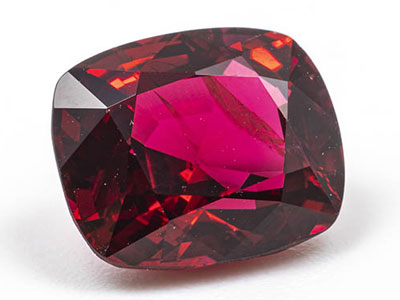Knowledge
29.02.2024 Spinel: more than just carbuncle stone
For a long time, the gemstone spinel led a niche existence and was mistaken for ruby. However, it deserves more recognition, and not just because of its beauty and variety of colors. Let’s explore the hidden potential of this unique gem together!

History and origin of the spinel gemstone
The mineral spinel belongs to the mineral class of oxides and probably owes its name to the pointed spinel crystals – the Latin word “spina” means “thorn”. However, the name could also be derived from the ancient Greek word “spínnos”, which means “spark” or “shine”. The origin of the name is not completely clear.
For centuries, spinel was overshadowed by ruby. In the Middle Ages, all gemstones of red color were referred to as “carbuncle” or “carbuncle stones”. It was not until the beginning of the 19th century that a distinction was made between spinel, ruby and red garnet. Due to this misconception, many legendary rubies that have gone down in history are in fact not rubies at all, but spinels. The “Black Prince’s Ruby” in the British royal crown, for example, is in fact a spinel.
The gemstone can be found in many locations around the world. High-quality red spinels come primarily from Myanmar, Sri Lanka, Madagascar and East Africa. In Austria, spinel can be found in the Lölling in Carinthia, in the Dunkelsteinerwald in Lower Austria and in the Hohe Tauern.


Spinel structure and colors
Spinel is very hard and, unlike ruby, simply refracts light.
The gemstone spinel belongs to the magnesium aluminates, is characterized by a cubic crystal structure and predominantly develops octahedral (eight-sided) crystals. The spinel structure is one of the most important structural types in mineralogy.
With a Mohs hardness of 8, spinel is comparatively hard and exhibits low cleavage. As a result, it is ideal for processing into jewelry as it is less susceptible to scratches and abrasion. Due to its hardness and high melting point, synthetic spinel is also used in the production of industrial ceramics.
Spinel has an impressive variety of colors: from black to deep blue and green, violet, bright red and pink to iridescent orange and brown. The wide range of colors is due to the presence of various trace elements.
Bright red spinels, which get their color from chrome, are the most popular. Light red or pale pink spinel is known as “Balas spinel”, dark red as “ruby spinel” and dark red specimens with a tinge of blue or violet as “almandine spinel”.
Cobalt colors the spinel blue, iron green. High concentrations of iron lead to the formation of black spinel, also known as “pleonast”. Sometimes the black spinel also has a green or brown tinge. Pleonast is often processed into jewelry. The bright pink “Jedi spinel” is currently particularly popular.

Effect and significance of spinel
In addition to its aesthetic benefits, spinel also has a symbolic meaning and healing properties are attributed to it in gemstone healing. Black spinel is often used in mourning jewelry, while red specimens have been incorporated into the crown jewels of various royal houses as a symbol of dominion and power.
On a mental and spiritual level, spinel is said to have a positive influence on mood and vitality. It strengthens self-confidence, reduces stress and anxiety and gives assertiveness and stamina. On a physical level, it is said to support joints, muscles and bones, especially the spine and teeth.


Spinel as an investment
Spinels with high purity and a weight of over 10 carats are very rare and sought after.
Spinel is an attractive choice for expanding an existing gemstone portfolio. It is still far less expensive than ruby, but we predict that it has strong potential to catch up in the future. Pure, clear stones weighing over 10 carats are suitable for investment.
When buying a spinel, it is important to ensure that the gemstone is of the highest quality. The color should be as clear and bright as possible and not subsequently enhanced. As with all gemstones, untreated, natural-colored specimens are particularly valuable. The authenticity and quality of gemstones can be proven with a certificate from an independent gemmological laboratory.
We assume that spinel will experience a sharp rise in price over the next few years and is therefore a worthwhile investment.


